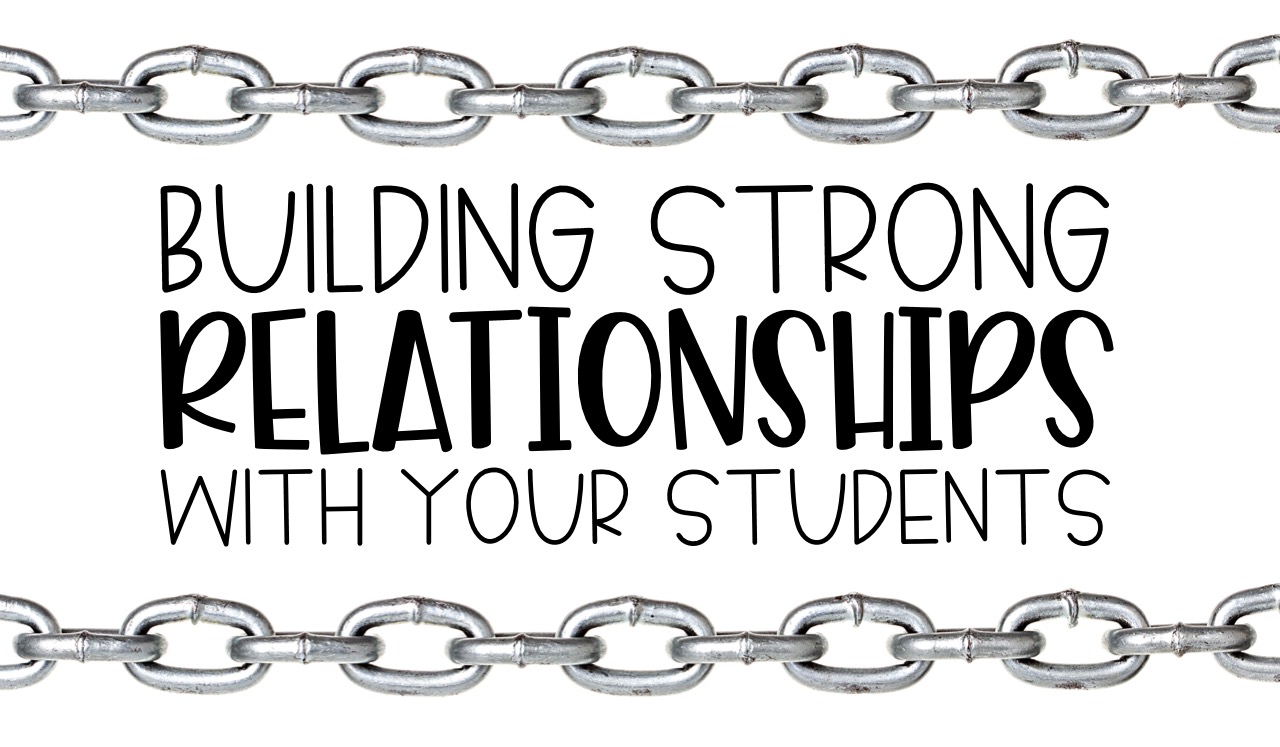
Picture your class when you ask a question. Do you see the same immediate hands shoot up in the air? You know, the kids that ALWAYS have the answer? Do you call on them or do you have an awkward wait time as you wait for a different student to work through the problem/question you just asked? Trust me… I have always had those students that really do know the answer to every question/problem that I ask my class. I always hesitated to call on them because I wanted to give other students a chance but at the same time, why not recognize them for their achievement. Catch my drift?
Introducing the Bubble! Pop! Method. It is exactly the thing I needed to engage all of my learners and give them ALL an equal chance to answer without feeling rushed.
Let me start by saying… this method takes a little coaching at first on your end. We have a quick little mini-lesson where I have a variety of different gum as a visual for my students (no they don’t actually get to chew the gum… although they do beg). My purpose during this mini-lesson is to discuss how some gums require more chewing before you can blow a bubble. Others are super easy to blow a bubble with. This is similar to questions I might ask during class. Some kids might “have the gum that is easy to chew and blow their answer bubble, and others will have gum that takes a little bit of time to get their bubble answer”.
This seems to always get the point across. This method is a way for you to prepare all of your learners with the confidence that it is OKAY to try/think a little bit longer than those immediate hands that are shooting up in the air.
After your mini-lesson, it is time to teach the method. The way Bubble! Pop! works is you ask your whole class a question/problem and follow it up IMMEDIATELY with the word “Bubble”. This means that your students are going to solve the problem and bubble their answer. You will have those kids that think that it means to hold their breath… clarify that point… before you have kids passing out from lack of oxygen!
I tell my students once they have their bubble (answer) they look back at me and that shows me they are almost ready to “pop”. Once you have all of my class looking at me (or at least the majority depending on the question/problem) you say “Pop”. All students say their answer at the same time in a whisper voice. Yep, you might have a few with the wrong answer, but that is OKAY. That gives you the opportunity to clarify.
In my classroom we have various “pops” to make it a little more interesting. We have robot, grandma and diva “pops”. For example, instead of just saying “pop” you would say “robot pop” which students would say their answer with a robot voice. Adds a little fun to the day! Want some fun ideas for different pops? Download this freebie for 24 different voices here.

The little bubble sticks come in handy for other activities as well. Students can practice fluency by reading in the voices, you can use them as partnering sticks, or as a morning meeting greeting.
You can also do a “raised pop” which means you have your students raise their hand so you can call on just one answer if the question/problem requires a more detailed answer. Another variation… “share pop”. They would turn to a partner and share their answer. Remind them once they “pop/share” they are done. It is not time to chit-chat.
I hope that this is a method that you will find helpful in your classroom. I would love to know if you use it or how you modify it to fit your classroom! Want to save this post? Pin the image below to save and share!





